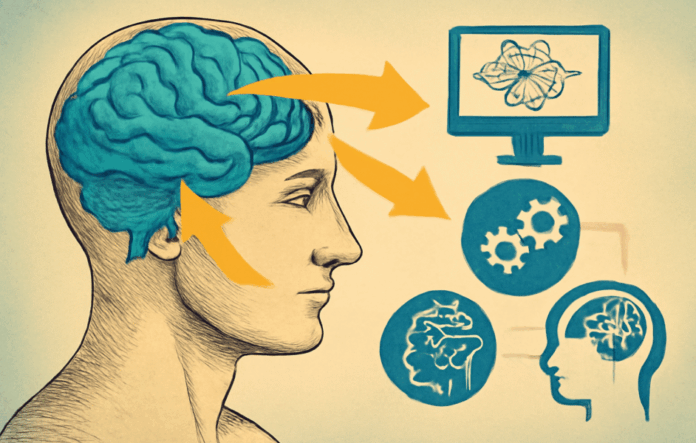Introduction to Human Cognition and the Role of Analogies
For centuries, human thinking has been understood through the lens of logic and reason. Traditionally, people have been seen as rational beings who use logic and deduction to understand the world. However, Geoffrey Hinton, a leading figure in Artificial Intelligence (AI), challenges this long-held belief. Hinton argues that humans are not purely rational but rather analogy machines, primarily relying on analogies to make sense of the world. This perspective changes our understanding of how human cognition works.
Understanding the Analogy Machine Theory
Geoffrey Hinton’s analogy machine theory presents a fundamental rethinking of human cognition. According to Hinton, the human brain operates primarily through analogy, not through rigid logic or reasoning. Instead of relying on formal deduction, humans navigate the world by recognizing patterns from past experiences and applying them to new situations. This analogy-based thinking is the foundation of many cognitive processes, including decision-making, problem-solving, and creativity. While reasoning does play a role, it is a secondary process that only comes into play when precision is required, such as in mathematical problems.
Neuroscientific Evidence Supporting the Theory
Neuroscientific research backs up this theory, showing that the brain’s structure is optimized for recognizing patterns and drawing analogies rather than being a center for pure logical processing. Functional magnetic resonance imaging (fMRI) studies show that areas of the brain associated with memory and associative thinking are activated when people engage in tasks involving analogy or pattern recognition. This makes sense from an evolutionary perspective, as analogical thinking allows humans to quickly adapt to new environments by recognizing familiar patterns, thus helping in fast decision-making.
Implications for AI Development
Geoffrey Hinton’s analogy machine theory not only reshapes our understanding of human cognition but also has profound implications for the development of AI. Modern AI systems, especially Large Language Models (LLMs) like GPT-4, are starting to adopt a more human-like approach to problem-solving. Rather than relying solely on logic, these systems now use vast amounts of data to recognize patterns and apply analogies, closely mimicking how humans think. This method enables AI to process complex tasks like natural language understanding and image recognition in a way that aligns with the analogy-based thinking Hinton describes.
Future of AI and Human Cognition
The growing connection between human thinking and AI learning is becoming clearer as technology advances. Earlier AI models were built on strict rule-based algorithms that followed logical patterns to generate outputs. However, today’s AI systems, like GPT-4, work by identifying patterns and drawing analogies, much like how humans use their past experiences to understand new situations. This change in approach brings AI closer to human-like reasoning, where analogies, rather than just logical deductions, guide actions and decisions.
Philosophical and Societal Implications
As Geoffrey Hinton’s analogy machine theory gains attention, it brings with it profound philosophical and societal implications. Hinton’s theory challenges the long-standing belief that human cognition is primarily rational and based on logic. Instead, it suggests that humans are fundamentally analogy machines, using patterns and associations to navigate the world. This change in understanding could reshape disciplines like philosophy, psychology, and education, which have traditionally emphasized rational thought.
Impact on Education and Creativity
This realization could have a significant impact on education. If humans primarily rely on analogical thinking, education systems may need to adjust by focusing less on pure logical reasoning and more on enhancing students’ ability to recognize patterns and make connections across different fields. This approach would cultivate productive intuition, helping students solve problems by applying analogies to new and complex situations, ultimately enhancing their creativity and problem-solving skills.
Conclusion
Geoffrey Hinton’s analogy machine theory provides a groundbreaking perspective on human cognition, highlighting how our minds rely more on analogies than pure logic. This not only reshapes the study of human intelligence but also opens new possibilities for AI development. By designing AI systems that mimic human analogy-based reasoning, we can create machines that process information in ways that are more natural and intuitive. However, as AI evolves to adopt this approach, there are important ethical and practical considerations, such as ensuring human oversight and addressing concerns about AI’s depth of understanding. Ultimately, embracing this new model of thinking could redefine creativity, learning, and the future of AI, promoting smarter and more adaptable technologies.

